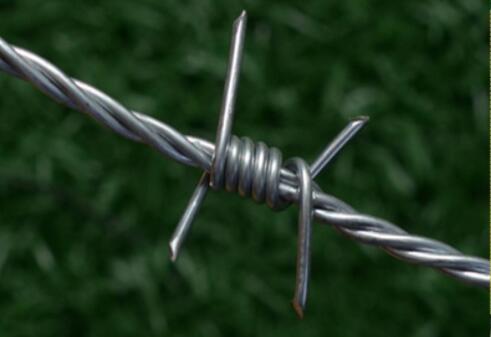Understanding Roofing Nails Essential Components for Your Roofing Project
When it comes to roofing, materials are just one part of the equation; the fasteners utilized play a crucial role in ensuring the longevity and durability of your roof. Among these fasteners, roofing nails stand out as essential components that contribute significantly to the overall integrity of a roofing system. Whether you are a seasoned contractor or a DIY enthusiast, understanding roofing nails—specifically, their types, features, and proper installation—is fundamental for a successful roofing project.
Types of Roofing Nails
Roofing nails are a specific type of fastener designed to hold various roofing materials in place. While they vary in size, style, and material, three common types of roofing nails are particularly noteworthy
1. Steel Roofing Nails These are the most commonly used type. Made of galvanized steel, they resist corrosion and rust, making them suitable for a range of weather conditions. Steel nails typically feature a smooth shank and a substantial head that helps secure roofing materials securely.
2. Copper Roofing Nails For those seeking longevity and aesthetics, copper roofing nails are a popular choice, especially in historical or high-end roofing projects. They naturally resist corrosion and can last for decades, making them a favorite for slate and tile roofing.
3. Plastic Roofing Nails Often used for synthetic roofing materials, plastic nails are lightweight and corrosion-resistant. They are designed to perform well in specific applications where metal fasteners might fail.
Features of Roofing Nails
When selecting roofing nails, consider several essential features
- Length The length of roofing nails typically ranges from 1 inch to 2.5 inches. The correct length depends on the thickness of the roofing material. Longer nails provide better holding power but may be unnecessary for thinner materials.
roofing nails 1

- Head Type The size and design of the nail head are crucial. Larger heads provide more surface area to hold down roofing material, preventing leaks and ensuring a watertight seal.
- Shank Type The shank is the long part of the nail that penetrates the roofing material. Smooth shanks are easier to drive in, while ring-shank or spiral-shank nails offer greater holding power due to their design which grips better in the material.
Proper Installation of Roofing Nails
Installing roofing nails correctly is vital for maximizing their effectiveness. Here are some key installation tips
- Spacing Follow the manufacturer’s guidelines for nail spacing, which typically ranges from 6 to 12 inches apart, depending on the roofing material and local building codes. Proper spacing helps distribute the load and improves overall stability.
- Angle Nails should be driven straight and not at an angle. This helps to ensure that they penetrate deeply enough to secure the material without compromising their holding power.
- Depth The nail should be driven so that its head is flush with the roofing material. Over-driving can damage the material and create a point of entry for water, while under-driving can leave the nail ineffective at holding the material down.
- Avoid Overlapping When installing shingles, make sure that you do not overlap nails on top of each other, as this can lead to leaks.
Conclusion
Roofing nails may seem like simple fasteners, but their importance cannot be overstated in roofing projects. By understanding the different types of roofing nails, their features, and their proper installation techniques, you can ensure a secure and long-lasting roof. Whether you are re-roofing your home or working on a construction project, choosing the right roofing nails is a crucial step in safeguarding your investment and ensuring the safety and comfort of your space for years to come.

















